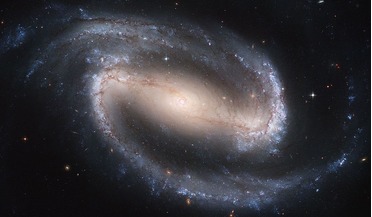 17 February 2017
Researchers suggest a new natural law can explain the rotation of galaxies
17 February 2017
Researchers suggest a new natural law can explain the rotation of galaxies
... Western, with plans to extend the data sets to distant galaxies just a few billion years after the big bang, those involved are hoping to learn whether the same relation holds for the lifetime of the Universe.
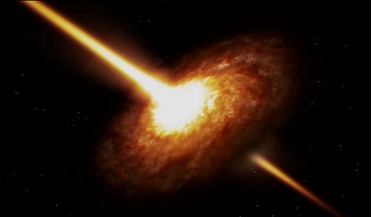 22 May 2017
Researchers create largest-ever 3D map of the Universe
22 May 2017
Researchers create largest-ever 3D map of the Universe
... universe, from which we see the Cosmic Microwave Background (CMB) - the light “left over” from the Big Bang. Fluctuations in the CMB as observed by the recent ESA Planck satellite mission are shown. The bulk of the...
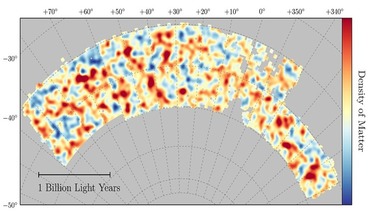 04 August 2017
Most accurate measurement of Universe's dark matter revealed by DES survey
04 August 2017
Most accurate measurement of Universe's dark matter revealed by DES survey
... already given scientists a snapshot of how the early Universe looked by studying the leftover radiation from the big bang; the cosmic microwave background (C. But since that very early epoch in the Universe’s history, the gravity...
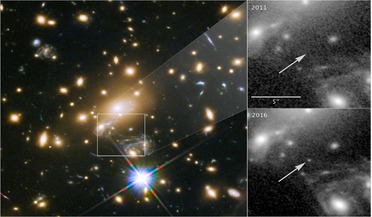 03 April 2018
Astronomers unexpectedly find the most distant star ever discovered
03 April 2018
Astronomers unexpectedly find the most distant star ever discovered
... when the Universe was only about 30 percent of its current age – about 4.4 billion years after the Big Bang. Light from such a distant source would normally be incredibly difficult if not impossible to spot, however the international...
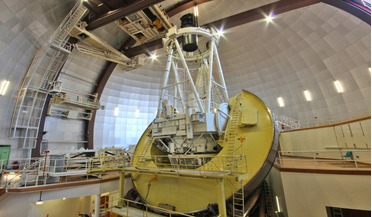 18 April 2018
Ambitious Galactic survey to help find Sun's lost family
18 April 2018
Ambitious Galactic survey to help find Sun's lost family
... to help trace the ancestry of many stars, and therefore show how the Universe just after the big bang, went from having just the lightest elements hydrogen and helium, to being filled with all the...
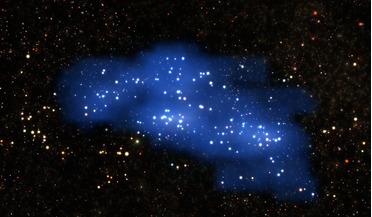 17 October 2018
Cosmic titan found lurking in the early Universe
17 October 2018
Cosmic titan found lurking in the early Universe
... billion times that of the Sun, has been found by astronomers just two billion years after the Big Bang. Its overwhelming size has earned it the nickname Hyperion and it is the largest and most massive structure...